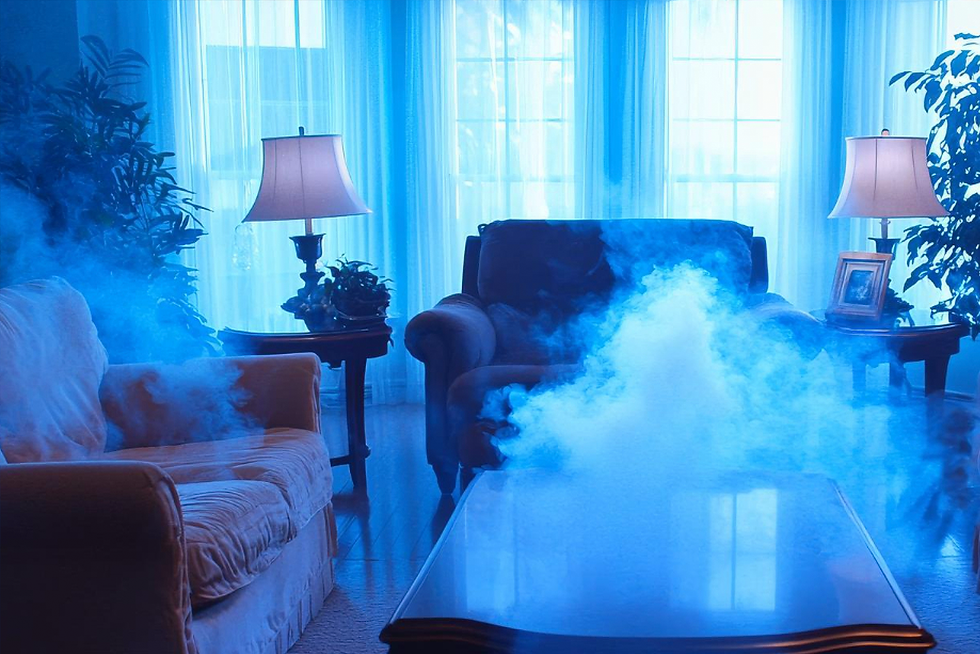Indoor air quality should be priority
- Corey Provencal

- Jul 14, 2010
- 1 min read
Financing, furnishing, fixtures and flooring. While these are important considerations for new home owners, many overlook the indoor air quality of their home before moving day – a significant oversight considering people spend more than 90 per cent of their time indoors.
Indoor air quality is about five times more polluted than the outdoors with more than 500 pollutants in common building materials. Traditional paints and chemically-based cleaning products can contribute to the poor air quality inside a home but surprisingly, the most the most harmful and widespread contaminant of indoor air is tobacco smoke.
“Cigarette smoke permeates into furniture, carpets, walls and windows, causing a significant impact on the indoor air quality of your home. People that live in a home with poor air quality resulting from second-hand smoke can experience eye, nose and throat irritation, headaches, dizziness and other symptoms linked to volatile organic compounds exposure and other airborne toxins.”
The following tips can help improve the indoor air quality of their homes:
Do not smoke or allow guests to smoke in your home. Cigarette smoking is harmful to everyone’s health, especially indoor smoking.
Use natural and eco-friendly materials to avoid chemical exposure. There are various environmentally-friendly and non-toxic or low-toxic materials to make your home functional and inviting.
Choose stylish ‘green’ products for your home. There are many elegant and attractive eco-friendly design materials on the market, including solid surface and recycled content countertops, chemical-free leathers and non-vinyl wallpaper.
John P. Lapotaire, CIEC Certified Indoor Environmental Consultant Microshield Environmental Services, LLC www.Microshield-ES.com









Comments